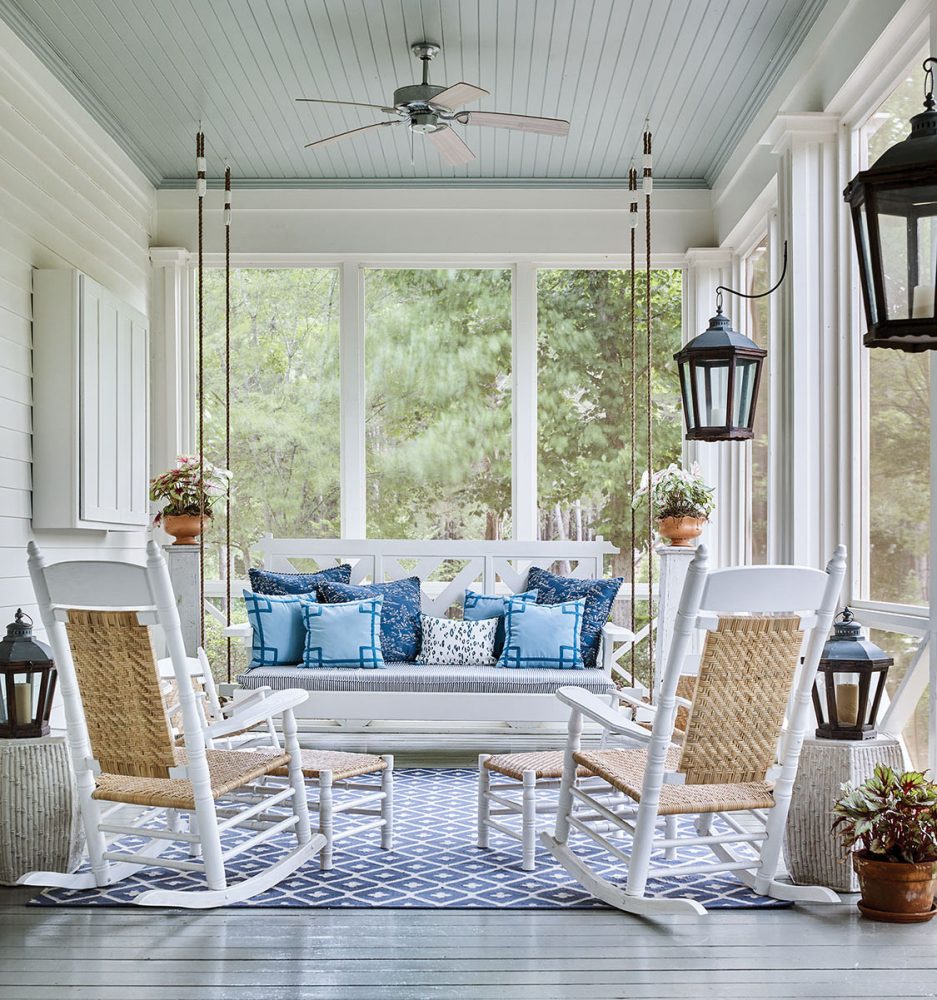[vc_row][vc_column][vc_single_image image=”246915″ img_size=”full”][vc_column_text css=”.vc_custom_1625890201312{margin-top: -15px !important;border-top-width: -15px !important;padding-top: -15px !important;}”]
[/vc_column_text][vc_column_text]
[/vc_column_text][vc_single_image image=”246928″ img_size=”full”][vc_column_text]
Materials
- Rudbeckia
- Chocolate lace flower
- Queen Anne’s lace seed pods
- ‘Limelight’ hydrangeas
- Chaste tree seed heads
- Weigela
- Heuchera foliage
- Loropetalum
[/vc_column_text][vc_single_image image=”246929″ img_size=”full”][vc_column_text]
Materials
[/vc_column_text][/vc_column][/vc_row][vc_row][vc_column][vc_column_text]
Floral Tutorial
[/vc_column_text][vc_column_text]
[/vc_column_text][vc_single_image image=”246918″ img_size=”full”][vc_column_text]
Materials
[/vc_column_text][vc_row_inner][vc_column_inner width=”1/3″][vc_column_text]
- Zinnias
- Celosia
- Dahlias
- Heuchera foliage
- Foxgloves
- Rudbeckia
- Weigela
- Coneflowers
- Chocolate lace flower
- Chaste tree
[/vc_column_text][/vc_column_inner][vc_column_inner width=”1/3″][vc_column_text css=”.vc_custom_1624995784014{margin-top: -15px !important;border-top-width: -15px !important;padding-top: -15px !important;}”]
- Fig
- Hydrangeas
- Fresh herbs
- An assortment of tomatoes in different colors and sizes
- Other produce, such as squash and mini eggplant
- Small glass vases
- Twine
- Handled container
[/vc_column_text][/vc_column_inner][vc_column_inner width=”1/3″][/vc_column_inner][/vc_row_inner][vc_empty_space height=”8px”][vc_row_inner][vc_column_inner width=”1/3″][vc_column_text]
Step 1
Prep the materials: Strip lower foliage and trim stems, and organize bundles on work surface.[/vc_column_text][/vc_column_inner][vc_column_inner width=”2/3″][vc_single_image image=”246895″ img_size=”full”][/vc_column_inner][/vc_row_inner][vc_row_inner][vc_column_inner width=”1/3″][vc_column_text]
Step 2
Begin your hand-tied bouquet by creating a binding point—the point at which the first stem is held vertically. The second stem should cross the first at an angle. All other stems can be added in a counterclockwise angled fashion, almost as if they twirl around the primary stem. The higher on the stem the binding point, the smaller and tighter the bouquet, and vice versa. Combine colors and blooms as desired.[/vc_column_text][/vc_column_inner][vc_column_inner width=”2/3″][vc_single_image image=”246896″ img_size=”full”][/vc_column_inner][/vc_row_inner][vc_row_inner][vc_column_inner width=”1/3″][vc_column_text]
Step 3
Once you have created the basic shape of the bouquet, you can start to poke in other materials to add fullness, color, and texture.[/vc_column_text][/vc_column_inner][vc_column_inner width=”2/3″][vc_single_image image=”246898″ img_size=”full”][/vc_column_inner][/vc_row_inner][vc_row_inner][vc_column_inner width=”1/3″][vc_column_text]
Step 4
Once you are happy with your bouquet, it needs to be secured with twine. Wrap the twine around three times, tie off, and trim the ends of the twine.[/vc_column_text][/vc_column_inner][vc_column_inner width=”2/3″][vc_single_image image=”246900″ img_size=”full”][/vc_column_inner][/vc_row_inner][vc_row_inner][vc_column_inner width=”1/3″][vc_column_text]
Step 5
Place your tied bouquet next to the container you are using to determine where to trim the stems so the bouquet sits well in the container. Trim the stems straight across and evenly.[/vc_column_text][/vc_column_inner][vc_column_inner width=”1/3″][vc_single_image image=”246901″ img_size=”full”][/vc_column_inner][vc_column_inner width=”1/3″][vc_single_image image=”246902″ img_size=”full”][/vc_column_inner][/vc_row_inner][vc_row_inner][vc_column_inner width=”1/3″][vc_column_text]
Step 6
Repeat the steps above to create enough hand-tied bouquets to fill the glass vases, and then place in the large handled container, which will serve as the centerpiece.[/vc_column_text][/vc_column_inner][vc_column_inner width=”2/3″][vc_single_image image=”246904″ img_size=”full”][/vc_column_inner][/vc_row_inner][vc_row_inner][vc_column_inner width=”1/3″][vc_column_text]
Step 7
Create a summer vignette by placing farm-fresh tomatoes and other colorful produce around the arrangement. When placing on a dining table, you can also arrange produce by each table setting, if desired.[/vc_column_text][/vc_column_inner][vc_column_inner width=”2/3″][vc_single_image image=”246906″ img_size=”full”][/vc_column_inner][/vc_row_inner][/vc_column][/vc_row][vc_row][vc_column][vc_separator border_width=”3″][vc_column_text]
Produced by Alice Welsh Doyle | Photography by David Hillegas
This story originally appeared in Flower magazine’s July/August 2021 issue. Find Flower in a store near you or subscribe.
[/vc_column_text][/vc_column][/vc_row][vc_row][vc_column width=”1/2″][vc_single_image image=”246355″ img_size=”full” onclick=”custom_link” img_link_target=”_blank” link=”https://flowermagshop.com/collections/back-issues/products/julyaug-2021″][/vc_column][vc_column width=”1/2″][vc_column_text]
More Summer Floral Tutorials
[/vc_column_text][/vc_column][/vc_row]




